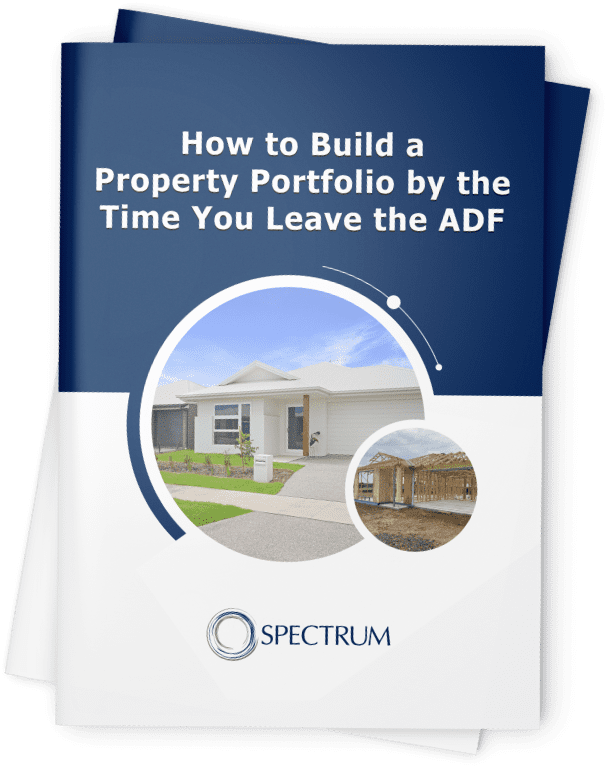Tax Planning & Advice
Don’t Pay More Tax than you should.
At Spectrum, we can help you reduce your tax bill legitimately, using several legal strategies including:
Structuring – which minimises tax and protects your investment assets
Using losses to reduce capital gains tax
Deferring asset sales to manage capital gains tax
Prepaying 12 months of income protection insurance premiums
Prepaying 12 months of interest on an investment loan
Using a tax instalment variation – which increases cashflow for negatively geared investments
Wondering how these strategies can reduce your taxable income? Read the case studies below.
How we got Mary a $13,818 tax saving
The problem
Mary was on a good income, paying tax at the top marginal rate (45%). However, she was planning to take maternity leave in the next financial year. While this would reduce her marginal tax rate to between 0% – 19%, it would also mean a big drop in income.
Mary wanted to boost her savings, so she planned to sell an asset for $37,000 profit. She also owned an investment property (paid for with a $400,000 mortgage) and a share portfolio (carrying a $10,000 loss).
However, selling the asset would mean a $16,650 capital gains tax bill ($37,000 x Mary’s marginal rate of 45%). Understandably, Mary wanted to reduce that bill, so she contacted Spectrum for help.
Our solution
We considered multiple scenarios before giving Mary her options:
How we helped Joseph use negative gearing to best advantage
The problem
Joseph was an Australian pilot working in Singapore. As he’d worked and lived overseas for several years, the ATO had classed him as a non-resident for tax purposes.
This change in tax status had thrown Joseph. He had recently bought an investment property that, despite being tenanted, was costing him more than he was making in rental income (i.e. it was negatively geared). He was worried that being a non-resident would impact the tax benefits of being negatively geared.
Joseph was wondering if he should cut his losses and sell the property. So he turned to Spectrum for help.
Our solution
We advised Joseph that holding onto the investment property would be better for his tax position than selling it.
That’s because Joseph, as a non-resident, didn’t need to pay Australian tax on his salary. However, he did need to declare any income he made in Australia ‒ which, in this case, was the rental income from his investment property.
Joseph could offset this rental income by deducting any expenses incurred in holding the investment property (e.g. mortgage interest payments, depreciation, repairs and maintenance, insurance and property management fees). Because the property was negatively geared, the end result was a tax loss on his income return.
Joseph could then carry this tax loss over each year, and offset it against future Australian income. So if Joseph waited a few years to sell his property, any capital gain he made would be offset by these carried-forward losses – reducing his tax bill.
The table to the right shows how this strategy could result in big tax savings.
How Joseph can save $24,187 on capital gains tax
Tax Benifits Example |
|
|---|---|
| Estimated capital gain Joseph makes when he sells investment property | $100,000 |
| Less: 50% Discount on capital gain as held for more than 12 months | ($50,000) |
| Taxable capital gain for tax purposes | $50,000 |
| Less: Rental property loss – 2020 | ($10,000) |
| Less: Rental property loss – 2021 | ($10,000) |
| Less: Rental property loss – 2022 | ($10,000) |
| Less: Rental property loss – 2023 | ($10,000) |
| Net gain on which tax will be paid | $10,000 |





